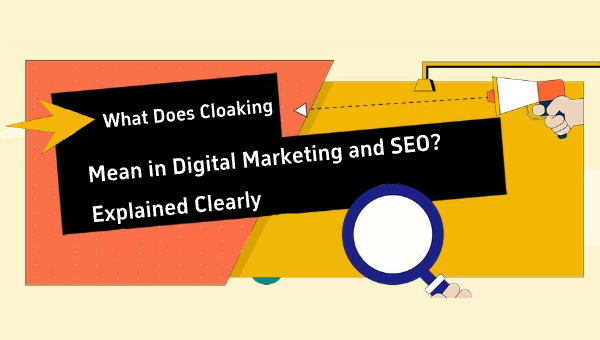What Does Cloaking Mean in Digital Marketing and SEO? Explained Clearly
Cloaking is a controversial yet powerful technique used in digital advertising and SEO, where different content is shown to different users based on who they are.
This article explains what cloaking means, how it works, and when (or if) you should use it.

1. Definition of Cloaking
Cloaking refers to the act of delivering different content to search engines or ad platforms than what is shown to human users.
| User Type | Sees |
|---|---|
| Googlebot | SEO-optimized content |
| Ad Review Bot | Compliant landing page |
| Real User | Sales-driven or promotional page |
2. How Does Cloaking Work?
Cloaking systems detect the type of visitor using:
IP address ranges (e.g., Facebook, Google)
User Agent (e.g., Chrome vs. crawler)
Referer Header (e.g., from ad click or not)
Language, time zone, behavior
Based on this, a redirect or content switch is triggered.
3. Common Use Cases
Ad Cloaking: Delivering one page to Facebook reviewers, another to real users
SEO Cloaking: Feeding keyword-rich content to bots, while hiding it from humans
Geo Cloaking: Only showing content to users in specific countries
4. Is Cloaking Legal?
It depends.
| Use Case | Acceptability |
|---|---|
| A/B testing | √ OK |
| Personalization | √ OK |
| Misleading ads | X Risk |
| Search engine deception | X Penalty from Google |
5. AdCloaking’s Key Features
Dynamic cloaking by IP/UserAgent
Split paths: Whitepage, bridge page, and offer page
Real-time log monitoring for bot access
Invisible JS and Meta redirects supported
6. Final Word
Cloaking means control. Used correctly, it protects your funnel and boosts conversion.
Used wrongly, it may backfire.
Want to try risk-controlled cloaking? Start your free test today at AdCloaking.com
